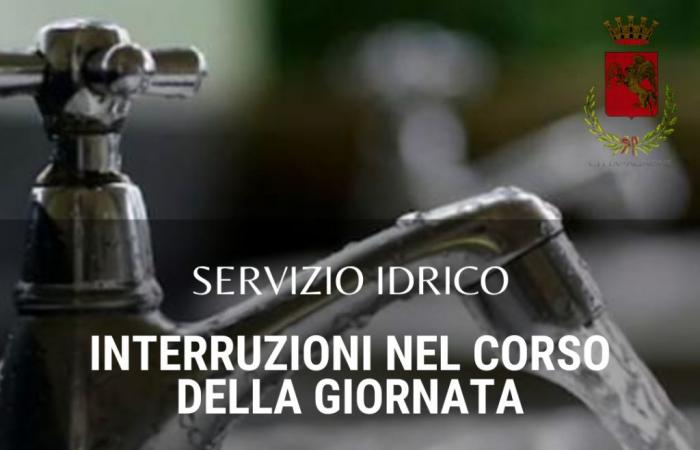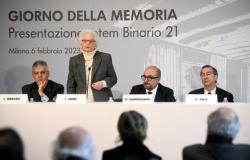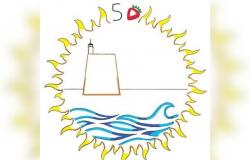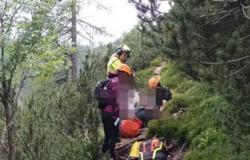Molise is very rich in water, but more and more often the taps of the people of Molise remain dry. It is the paradox that we witness every year helplessly, especially in the summer, thanks to a water system that is progressively dis-integrating. The image that best represents the situation of water management in Molise is that of a system that should have been integrated, but that instead has shattered, dispersing into a thousand streams. As happens, in fact, underground: ours is the region with the highest rate of water dispersion. According to Istat, in the two provincial capitals, for every 100 liters of water the water network loses an average of 53. A figure that far exceeds the national average, and that certifies one aspect: it is too late to intervene on the aqueducts, the emergency is widespread and is there for all to see. Structural interventions, comprehensive extraordinary maintenance works to innovate the entire system would be needed. Only in this way can we prevent the people of Molise from suffering from thirst in the coming years.
What is happening in the area is evident. Too many municipalities are now forced to shut off the flow of water at night, if not even in the afternoon, and to issue restrictive ordinances on the non-potable use of water. This situation is certainly aggravated by the lack of rain during the winter and spring, but as mentioned the picture is also and above all worsened by a sieve network that is now old and worn out.
First of all, we need clarity on governance and investments, but also on the roles, functions and skills of public actors in the sector. Therefore, on who is responsible for regulating, planning, managing and controlling the regional water system.
The Region, for example, regulates the sector in agreement with the District Authority, the Provinces and the Municipalities. The governing body of the Molise area, namely Egam, in compliance with the provisions of Arera, the Regulatory Authority for Energy, Networks and the Environment, defines the water tariff but also the investments in infrastructure, therefore it deals with planning. Grim, a consortium company and “sole” manager of the Molise water resources, carries out interventions on the network, performs maintenance on reservoirs, purifiers and pipelines. While the Regional Health Authority and the Regional Environmental Protection Agency exercise environmental control and monitoring.
Faced with this tangle of acronyms and fragmented functions, the question arises spontaneously: what is integrated in such a system? Rhetorical question, if we consider that we should add Molise Acque which deals with the collection, accumulation, lifting systems and the supply, distribution and connection networks of the aqueduct service.
However, the transition to the integrated water system was supposed to streamline governance and ensure overall efficiency, not complicate it further. Especially if we consider the urgency of intercepting resources to invest in infrastructure. In this sense, many opportunities linked to the National Recovery and Resilience Plan have already been missed. Just think of the resources lost during the old legislature due to the delay with which Molise adapted to the regulations.
At the national level, there are almost 2 billion euros available for investments in the sector. However, according to the data available on OpenPnrr, to date it would appear that only three projects presented by public players in the Molise water system have been financed, for a total of approximately 70 million euros. This is not enough. In fact, now we can no longer waste time, nor a single cent of the allocated funds if we want to solve the problem of water dispersion.
Water in all likelihood represents the challenge of the future at a global level, even more so if we look at the European Green Deal and the need to produce hydrogen. Therefore it is crucial that Molise knows how to valorise its blue gold. Something that no regional government has ever had the foresight to do. And this is demonstrated by the fact that the Region is full of debt, despite the fact that Molise gives water to several neighboring regions, indeed we are the only ones in Italy to supply water to neighboring territories without receiving any. Indeed, the numbers say that a third of the entire volume of water transferred between the regions of the southern Apennines hydrographic district comes from Molise: we are talking about millions and millions of cubic meters of water.
In light of all this, some serious reflection is needed. For example, from the perspective of differentiated autonomy, can the center-right of Molise already tell us how it will concretely enhance the most important regional resource, water? Or must we continue to passively suffer the excessive political power of other regions?
Not only that: with a view to the energy transition, what will the Region do in terms of hydroelectricity? And if, as it seems, hydrogen will be the energy source of the future, how will Molise deal with this challenge?
Questions that, I fear, will remain unanswered. And while the people of Molise will continue to deal with intermittent water, others will continue to take advantage of the lack of vision of a regional government distant from the real needs of the territory.
For all this, it is time for politics to look up; it is time for those in government to put aside the frantic search for consensus in the elections and work immediately on the financing and construction of a new, modern and efficient water network. Focusing on these interventions, perhaps, does not generate consensus. But it would allow Molise to look to the future with a strategic vision, in the interest of the entire community.
Angelo Primiani – M5S regional councilor
Related
Support the free press, even with 1 euro.






